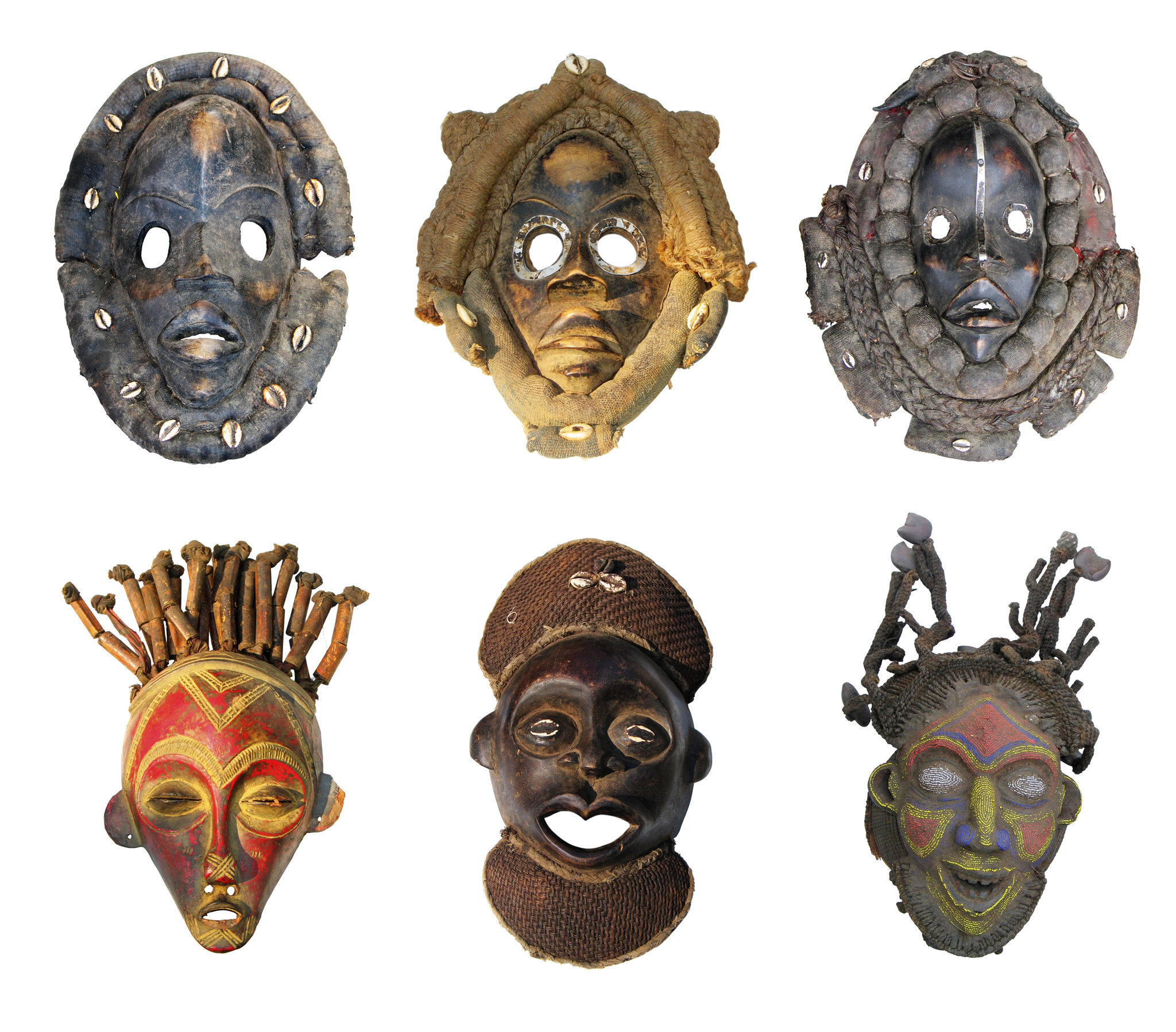Exploring the History and Evolution of African Masks
The Origin of African Masks
African masks have a rich and diverse history that dates back thousands of years. These masks are more than just artistic expressions; they are deeply rooted in cultural and spiritual traditions. Used in ceremonies, rituals, and celebrations, masks have played a significant role in African societies. They are often made from materials like wood, fabric, and metal, showcasing the region's artistic ingenuity and resourcefulness.

The Cultural Significance of Masks
Masks in African cultures are not mere decorations; they hold profound meanings and serve various purposes. They are often believed to embody the spirits of ancestors or deities. During ceremonial dances, these masks help the wearer connect with spiritual realms, acting as a medium between the physical and spiritual worlds. The significance of each mask is unique, varying from one community to another, and often associated with tales of mythology and folklore.
In many African societies, masks are also symbols of authority and power. Chiefs and leaders might wear specially designed masks to assert their status and influence. This cultural practice highlights the pivotal role that masks play not only in spiritual life but also in social hierarchies.
Regional Variations and Styles
The diversity of African masks is immense, reflecting the continent's vast array of cultures and traditions. Each region has its distinct style, influenced by local customs and beliefs. For example, the Fang masks from Gabon are known for their elongated forms and serene expressions, while the Yoruba masks from Nigeria often feature intricate designs and vibrant colors.

Some masks are designed to be worn on the face, while others cover the entire head or rest on top of it. The materials used can also vary significantly, including wood, beads, leather, and even feathers. These differences highlight the adaptability and creativity of African artisans in utilizing available resources to create meaningful art.
Masks in Modern African Art
While traditional uses of masks continue in many communities, modern African artists have embraced them as a source of inspiration. Contemporary artists across Africa and the diaspora incorporate traditional mask motifs into their work, blending historical elements with modern techniques. This fusion creates a dynamic dialogue between past and present, showcasing the continued relevance of masks in artistic expression.
Internationally acclaimed artists like El Anatsui and Romuald Hazoumè have used mask imagery to address themes of identity, globalization, and cultural heritage. Their work demonstrates how African masks continue to captivate audiences worldwide, transcending their original cultural contexts.

The Global Influence of African Masks
African masks have significantly influenced global art movements, particularly during the early 20th century with the rise of modernism. Artists such as Pablo Picasso and Henri Matisse drew inspiration from African mask aesthetics, incorporating their abstract forms and bold lines into their revolutionary art styles. This cross-cultural exchange highlighted the universal appeal of African artistic principles.
Today, African masks remain a popular subject of study and admiration in museums and galleries around the world. They serve as a testament to the rich cultural heritage of Africa and its enduring impact on global art history. Collectors and art enthusiasts continue to seek out these unique pieces, ensuring that the legacy of African masks is preserved for future generations.
